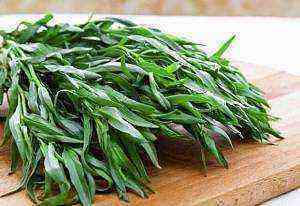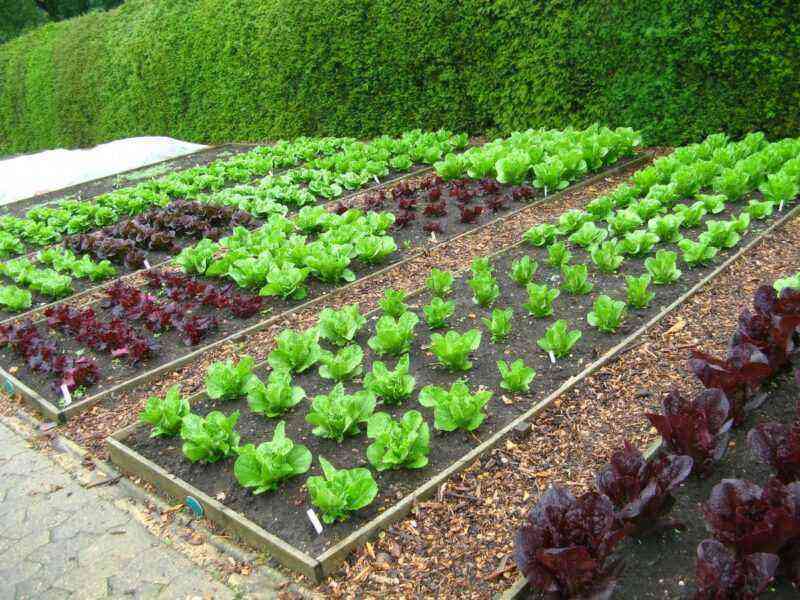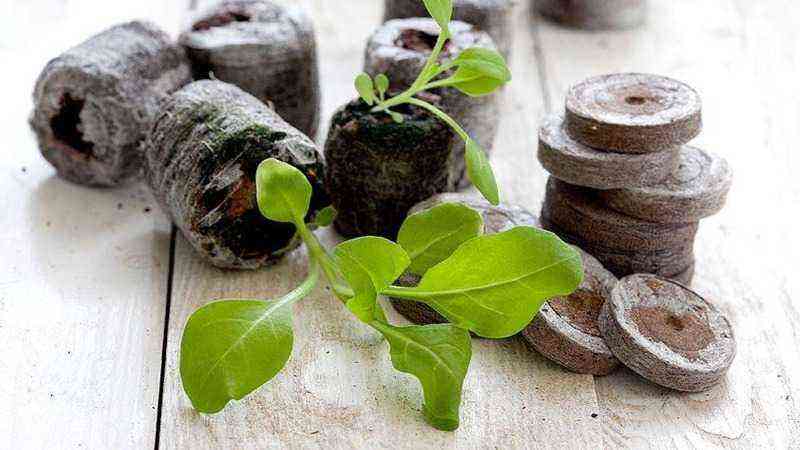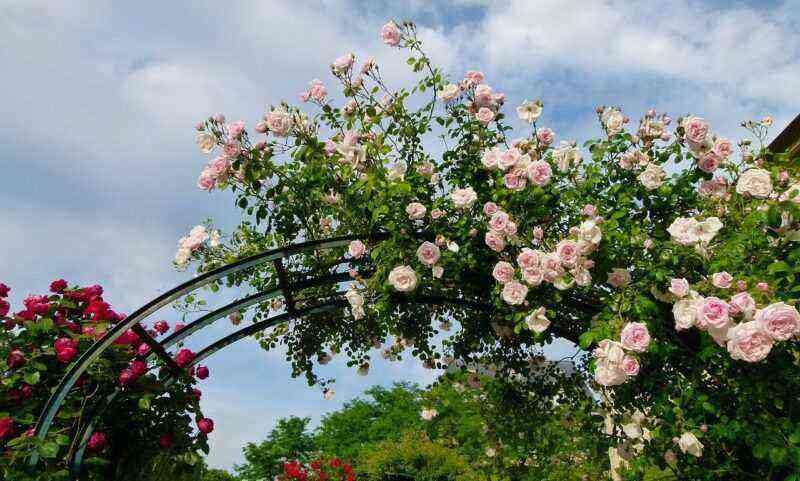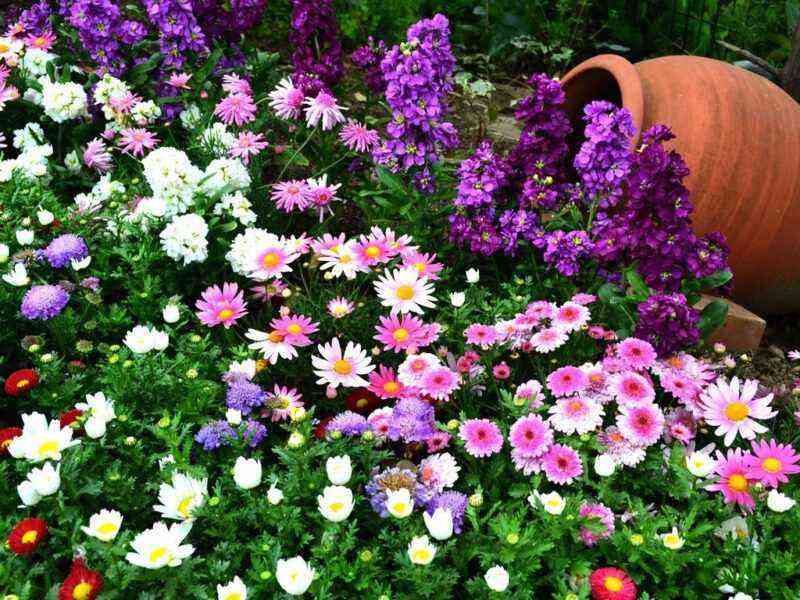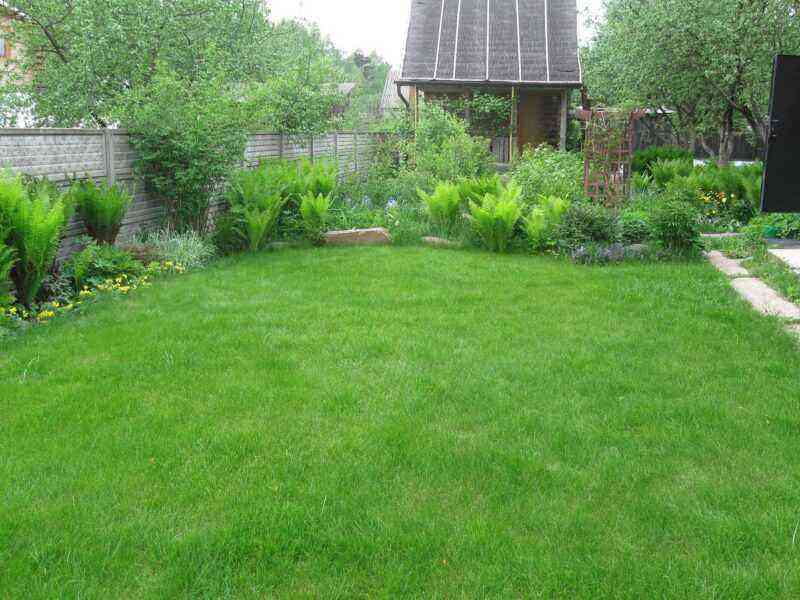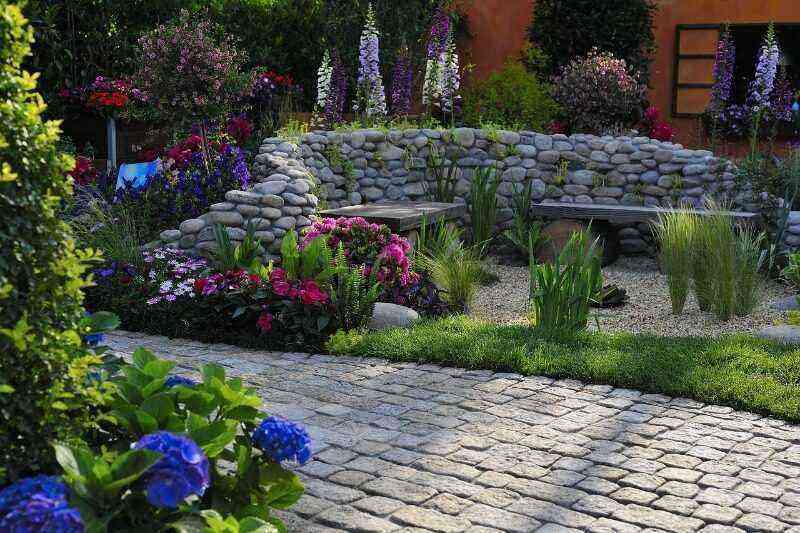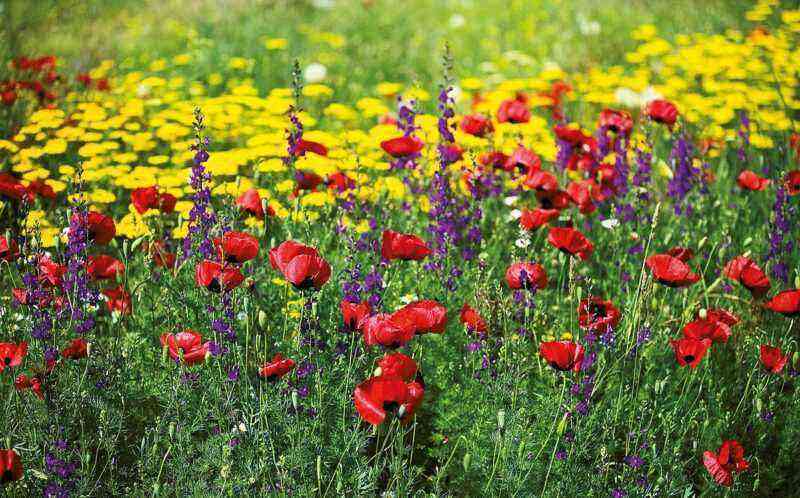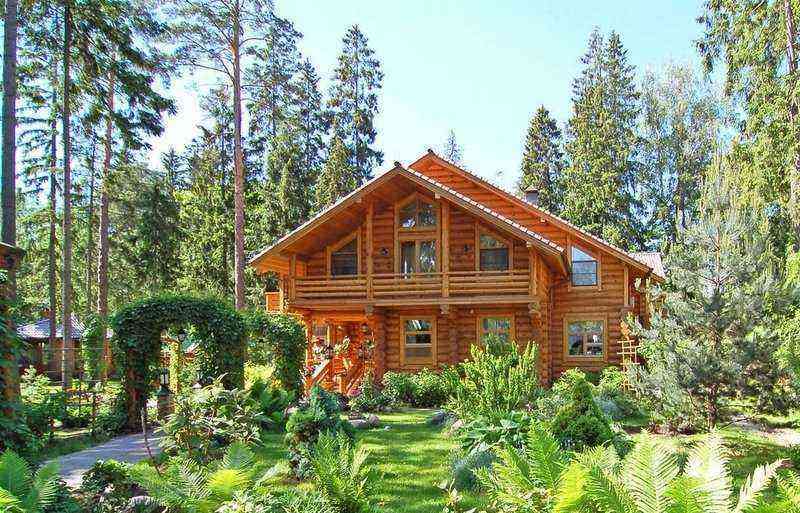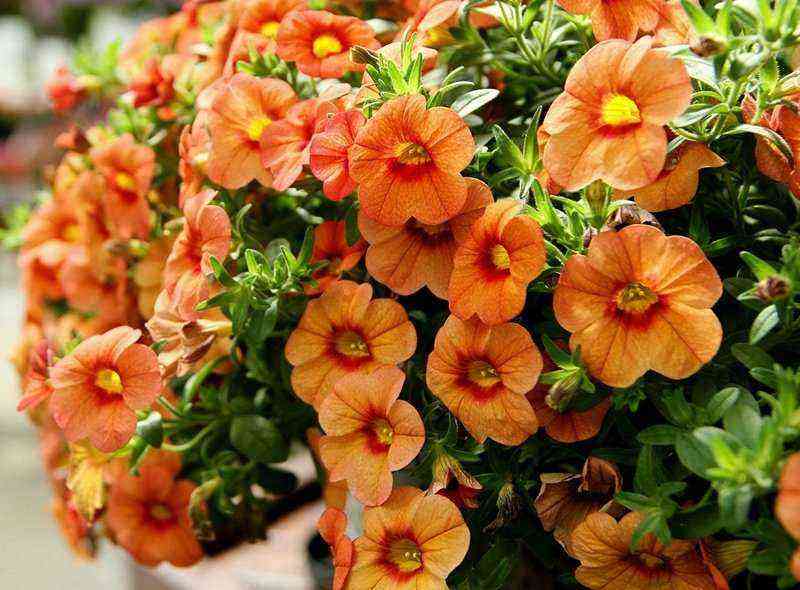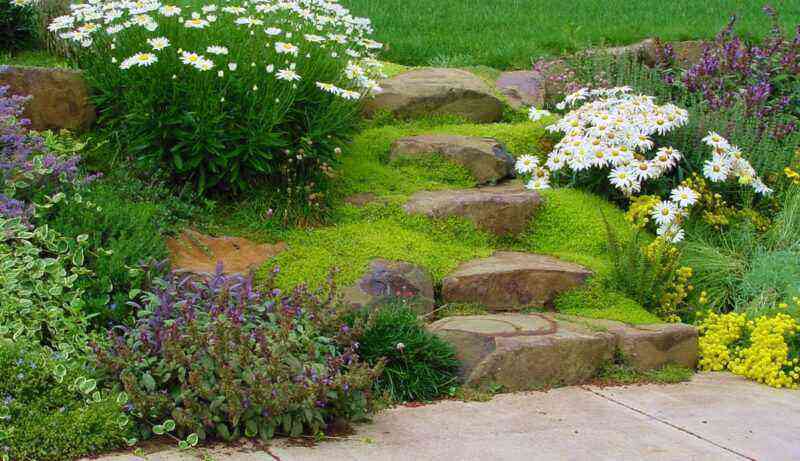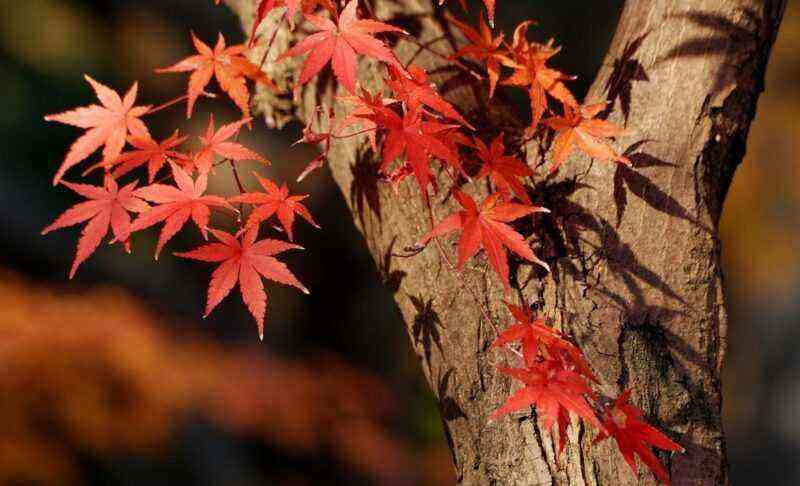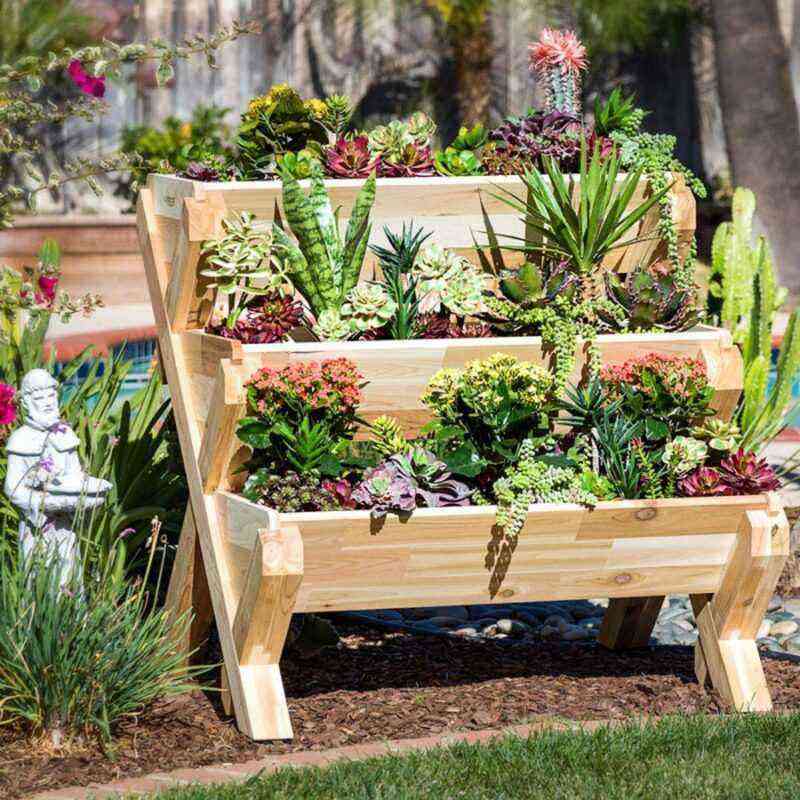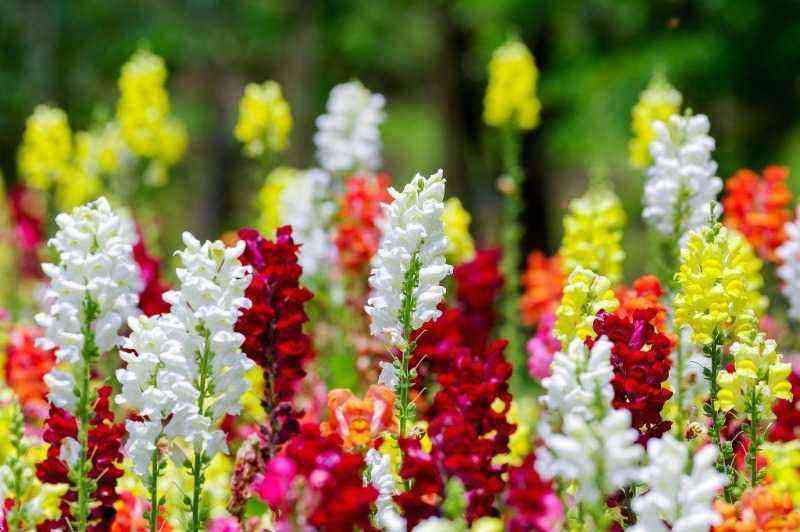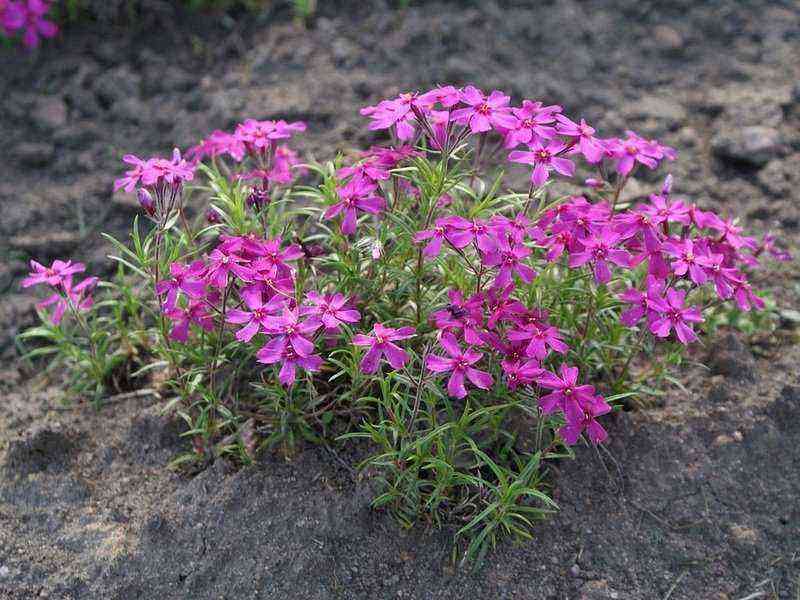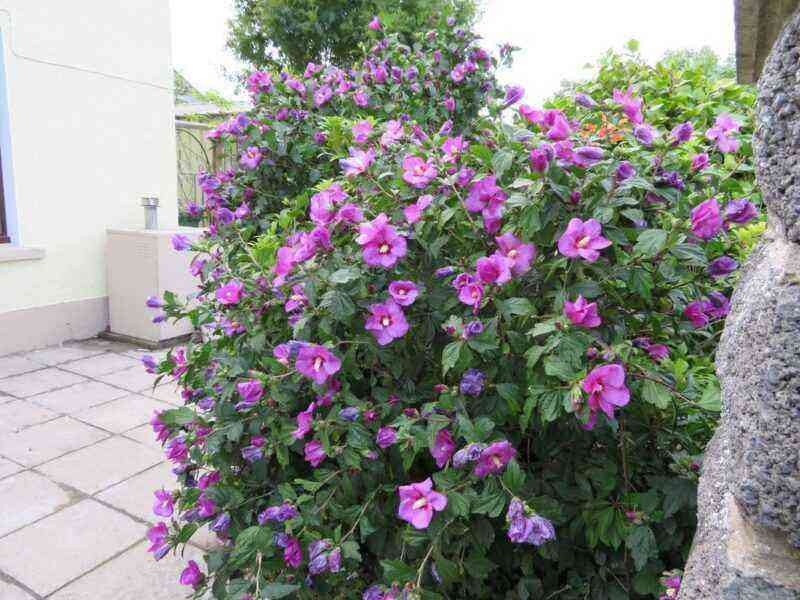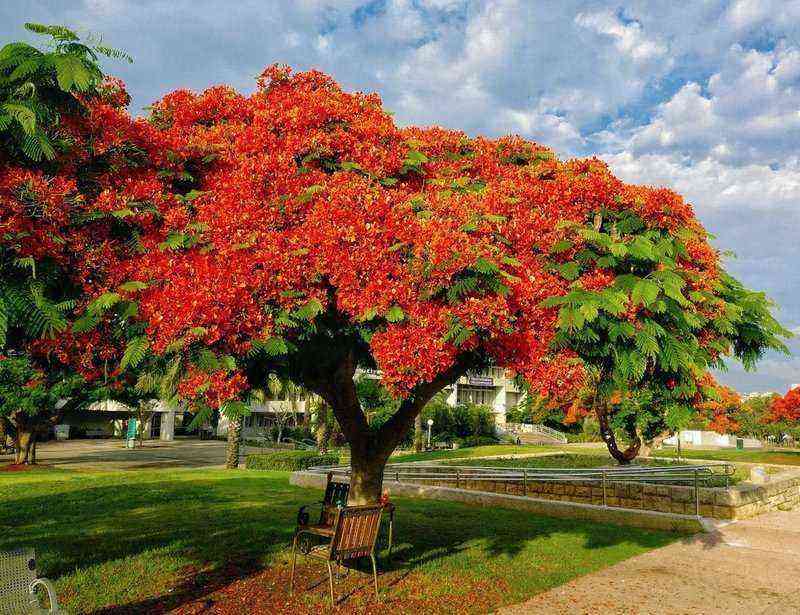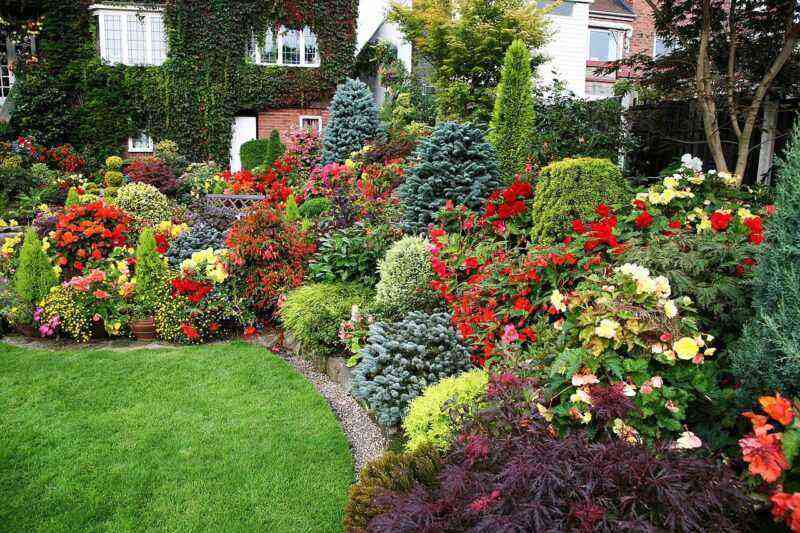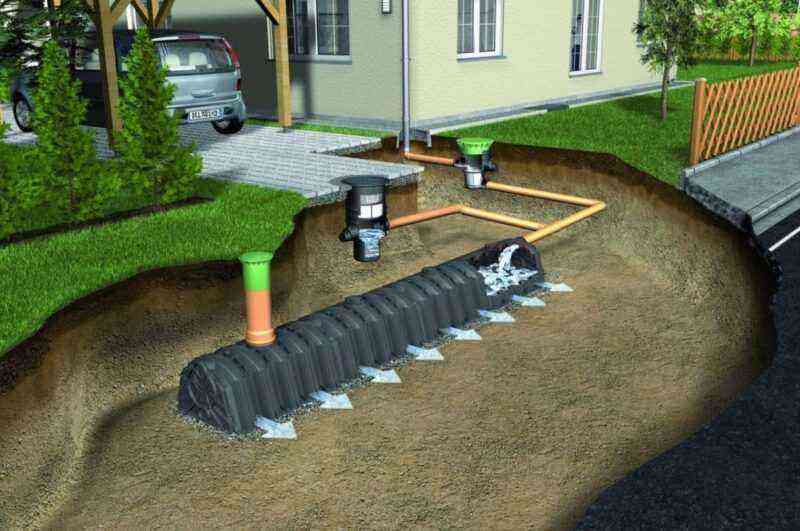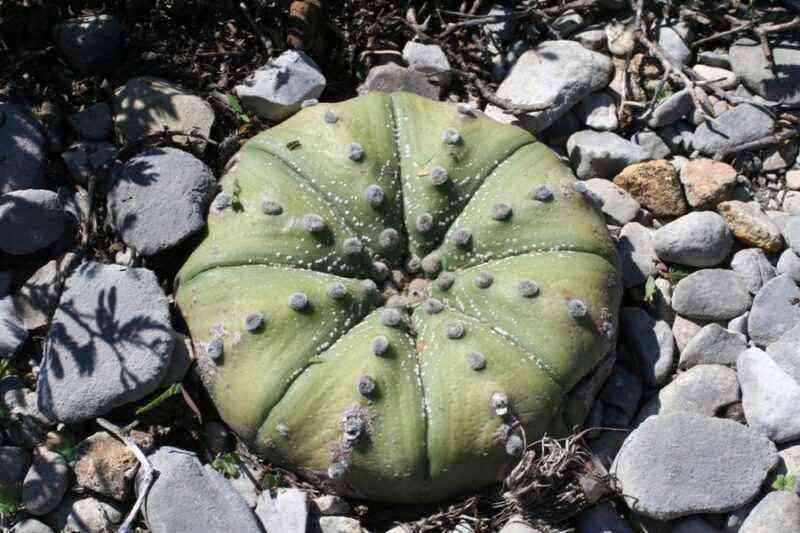A site with a slight slope for many novice gardeners is a real stumbling block when arranging landscaping. But more experienced garden designers, on the contrary, consider sloping land plots more interesting for creating picturesque landscapes: arranging inclined flower fields, decorating cascades and alpine slides, placing terraces. Let’s try and figure out what tricks they use to turn an empty hillock into an extraordinary flowering slope.
To create an elegant flowerbed that will delight you with its attractive appearance and not require any special care for it, you need to take into account a number of points. The main features of the sloped sections:
- Washing out the soil by streams running down the slope and streams of rainwater;
- The need to equip retaining walls and terraces;
- Differences in microclimate depending on the orientation of the slope in relation to the cardinal points.
In areas with an angle of inclination of 5-7 °, small grooves help prevent soil leaching. They are dug out in several corners of the flower garden, the walls are strengthened, and then they are made out in the form of small reservoirs. The water flowing into the “pockets” is convenient to use for watering plants and moistening the soil.
The optimal solution for arranging areas of 7-15 ° will be the planting of a lawn, the emerald grass of which, in addition to its decorative function, will restrain the washing out of soil by water flows by its roots.
You can learn how to properly plant lawn grass from the material:
When designing less gentle sections with an angle of inclination of 20 ° or more, the only solution to the problem will be the arrangement of terraces – horizontal sections reinforced with retaining walls.
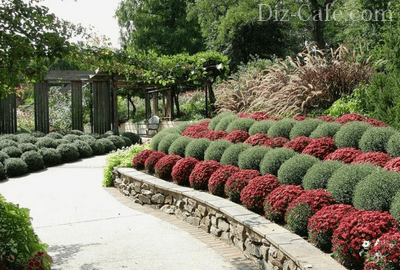
Flower beds on the slopes always look unusually impressive and picturesque, resembling variegated carpets that smoothly descend to the foot of the hills.
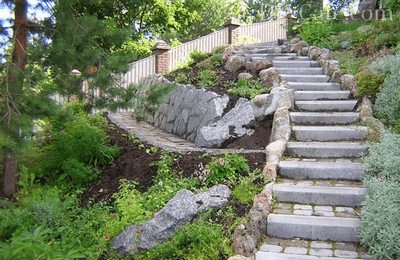
The main problem of arranging flower beds on a slope is the threat of soil leaching by rain and melt water. The arrangement of the drainage system helps to successfully solve this problem.

A rock garden is a picturesque composition of plants and stones. Such a flower garden is a popular element of landscape design and adorns many suburban areas.
If for arranging an alpine slide on flat surfaces it is required to additionally construct small hills, then when it is placed on a natural slope, only a minimum of effort must be made to decorate the natural landscape.
Flower beds arranged on the slopes are attractive in that they are better viewed and not so monotonous, in comparison with flat compositions. Natural elevation differences help to emphasize the silhouettes of the plants planted on the slope.
The creation of a flower garden on a slope, like the arrangement of any other flower bed, includes a number of main stages.
The choice of plants, taking into account the cardinal points
When arranging a flower garden on a slope, it is important to focus on its location relative to the cardinal points. It is especially important to observe this condition if you are dealing with an elevation, the slope of which is more than 10 °. The location of the flower garden determines its microclimate.
The southern slope is the warmest and lightest part of the hill. It warms up more with the sun’s rays. Snow melts on it faster in the spring. But at the same time, in the summer months, it is the driest and therefore is not suitable for all plants.
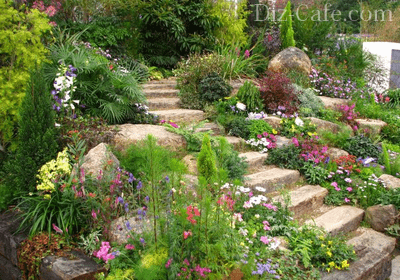
Only on the southern slope are sun-loving flowers able to show their decorativeness and splendor of flowering to the highest degree.
On the southern and southwestern slopes, it is best to break up rocky flower beds – rockeries and rock gardens. Dwarf varieties of ornamental shrubs are ideal for their design: gorse, euonymus, dwarf broom, St. John’s wort, creeping pine. Fluffy “pillows” of sheep’s fescue and colorful rugs of perennial phlox will be a bright decoration of flower beds.
The soapwort also feels great on rocky hills. More about this plant:

When decorating stony flower beds on the southern slopes, you can not do without sun-loving ground cover perennials: sunshine, milkweed, escholzia, iberis, carnations
The slope, turned to the east and southeast, is no less illuminated by the sun’s rays. But the soil on it can retain moisture longer. These seemingly comfortable conditions can adversely affect the plants that woke up in early spring: the aboveground part of the flowers is baked under the scorching sun, while the root area is still drying out under the not melted snow. On the northeastern and eastern slopes will grow well: astilba, aquilegia, dicentra and badan.
The western slope is more influenced by the wind. The soil on it erodes and dries up faster. To design such a slope, it is better to choose drought-resistant plants that are not afraid of winds and drafts. Ground covers take root well here: saxifrage, loosestrife, lamb, waldsteinia, periwinkle.
More information about drought-resistant plants for the garden can be found in the material:
Green spaces on the northern slope, receiving an insufficient amount of heat, do not differ in particular splendor of flowering. Moisture does not evaporate so quickly on the northern slope. This creates ideal conditions for growing moisture-loving flowers. Shade-loving and shade-tolerant plants will also feel comfortable here.

Picturesque islets in the penumbra area will create gentle lilies of the valley and anemones, expressive hydrangea and geraniums, St. John’s wort and lungwort. And to give the composition volume will help the openwork foliage of the fern, as well as the airy bushes of kupena and badan
In addition to the orientation of the slope relative to the cardinal points, it is also important to take into account that the ground in the upper part of the flower garden will always be drier than in the lower one. Therefore, plants in a flower bed are arranged according to the principle: drought-resistant flowers are planted on a hill, moisture-loving ones – at the foot.
The material on the selection of plants for an alpine slide will also be useful:
Slope protection from floods
Rainwater and spring floods are the main problem of slope sites.
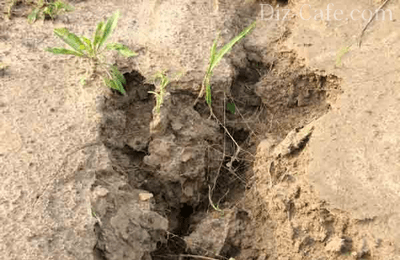
The water flowing down the sloping surface of the flower garden leaves its mark on the ground in the form of deep ditches, which over time can turn into steep ravines
Together with the streams of water, the fertile layers of the soil are washed away. Therefore, one of the first tasks that the owner of the sloping site must solve when planning to “break up” the picturesque landscape is to establish a drainage system. For its arrangement, you can apply one of two ways.
You can learn how to organize a water drainage system on the site from the material:
The first way is to dig drainage grooves along the slope. Shallow “stripes” are laid at a distance of 2-3 meters from each other. The role of drains can be played by both ordinary shallow pits, the bottom of which is lined with a waterproof film, and small storage tanks, the liquid from which is convenient to use for watering plantings.
The second way is to equip a “protective” drain, placing it above the flower garden. Such a drainage system is more suitable if the quality of wastewater is poor, for example: when a road passes over the site. Ditches are laid along the perimeter of the site, placing them just above the beds so that wastewater does not fall into the site, but accumulates in storage reservoirs-accumulators arranged along the edges.
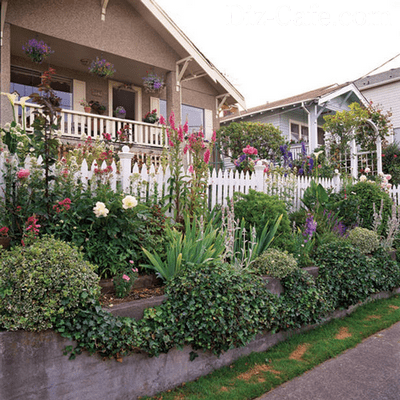
When arranging the drainage system, it is important to take care of the appearance of the storage tanks, decorating them along the outer edge with moisture-loving flowers or decorative leafy bushes
Strengthening the soil in the flower garden
The sloping terrain is a stunning observation deck, where a beautifully decorated flower garden always looks unusually picturesque and spectacular. But the soil on the hills often has a thin layer of fertile soil, which is also washed away by the rains. Strengthening the soil by installing retaining walls and arranging terraces helps to solve the problems. It is possible to enrich the soil composition at the site of the future flower garden arrangement by pouring in the brought black soil.
An overview of the 5 most effective ways to strengthen slopes and slopes:
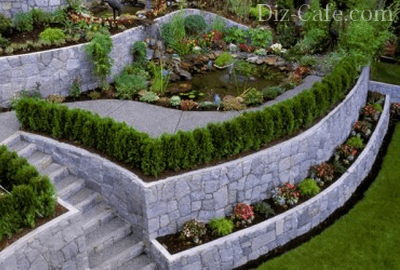
Building terraces is a fun and creative process. They can be arranged in a row, asymmetrically or staggered. The number and height of terraces depends on the size of the site and the degree of its steepness.
All natural and building materials are perfect for soil containment and terraces: stones, bricks, concrete blocks, sheet metal and logs.
In order for the retaining wall to successfully combine with the overall design of the site and look harmonious against the background of the slope, the materials for its design should be chosen taking into account the stylistic orientation of the entire garden. Flower beds with an emphasis on natural beauty will look spectacular in a frame of artificial or natural stone.
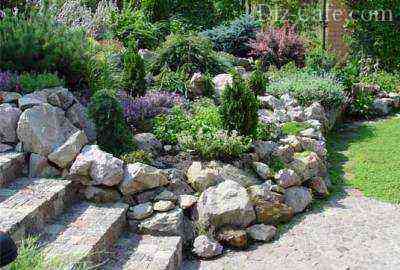
To create the effect of a natural landscape, the retaining walls are somewhat chaotically arranged during their arrangement. Retaining walls can appear from the ground, then smoothly merge with the relief
For a garden flower bed in the Art Nouveau style, a brick design with elements of forging is ideal. When decorating a plot in a rustic style, the terraces, reinforced with supports, decorated in the form of wattle, look very picturesque. Such support walls are attractive and easy to manufacture.
To strengthen the wall of the slope, you just need to drive in a few strong stakes, placing them at a distance of half a meter from each other. Between the vertically installed stakes, all that remains is to intertwine the flexible young shoots left after the seasonal pruning of trees in the garden.
Sloping terrain is an excellent base for creating flower beds. Plants feel very comfortable on the makeshift terraces, and the height differences provide a spectacular play of sun and color.
